Apple TV+'s "Prehistoric Planet" thunders into its second season today with more ancient creatures and curiosities emanating from primeval Earth, offering up the latest theories on dinosaur dynamics, social behavior and striking appearances.
Following in the footsteps of last year's debut season, the filmmakers have packed this five-part docuseries with a fantastic array of digitally-rendered Cretaceous-era animals set against the backgrounds of real-world Earth environments similar to their native habitats.
Narrated by the Emmy-winning Sir David Attenborough and showcasing a stirring score by Hans Zimmer, Anže Rozman and Kara Talve, "Prehistoric Planet" Season 2 was created by BBC Studios Natural History Unit alongside executive producers Jon Favreau and Mike Gunton.
MPC's ("The Lion King," "The Jungle Book") and Jellyfish Pictures' ("The Book of Boba Fett") stunning CGI creations and concept artwork of dinosaurs and pterosaurs in different environments employed cutting-edge digital tools to provide an immersive journey back in time to when these impressive creatures existed.
- Want to watch Prehistoric Planet on Apple TV+? Get a 7-day free trial
- Subscribe to Apple TV+ for $4.99/month
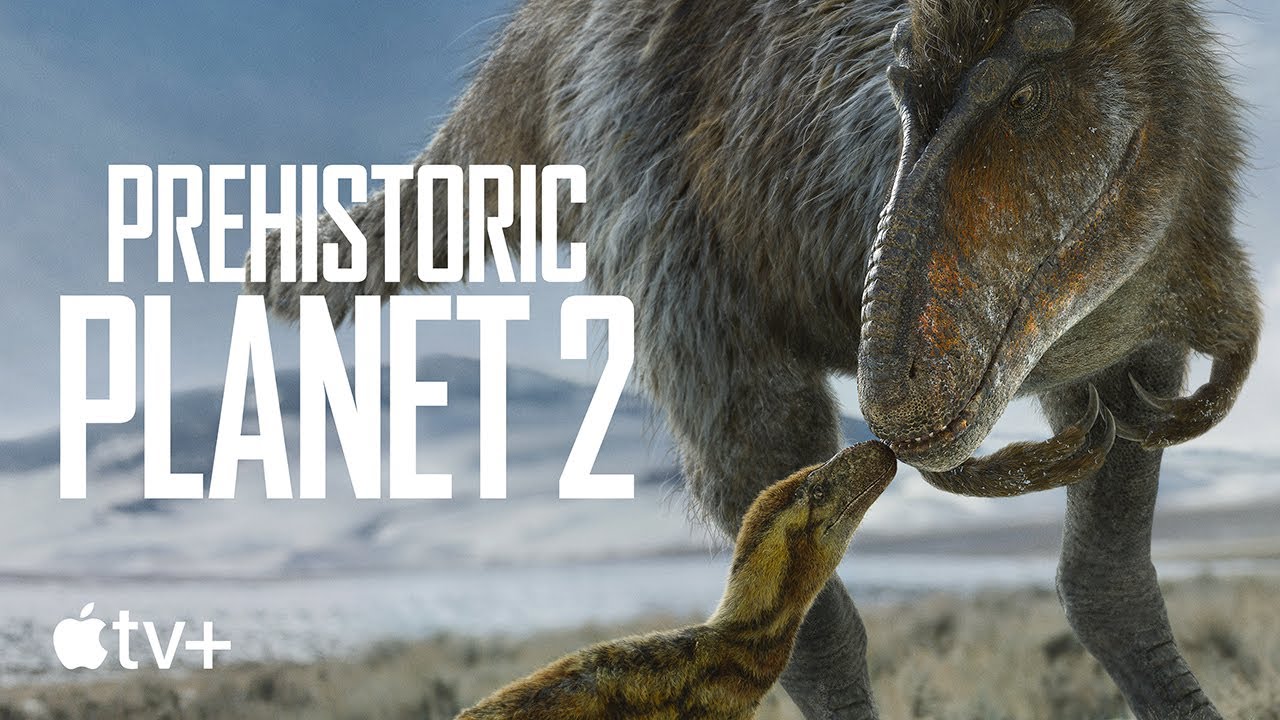
Here's the official Season 2 description:
Exploring five new habitats, audiences can expect to be transported to the active volcanoes of India, the marshlands of Madagascar, the deep oceans near North America, and so much more. Throughout this season, the series and its creators take you up close into dinosaurs' habitats to experience the dangers, the adventures, and even the camaraderie between species unlike any we've seen before.
Dr. Darren Naish is Chief Scientific Consultant of "Prehistoric Planet" and Space.com connected with the renowned paleontologist for a look into Season 2 and to learn how fresh perspectives in the ever-evolving field are leading to new discoveries.
Get the Space.com Newsletter
Breaking space news, the latest updates on rocket launches, skywatching events and more!
Space.com: What's your involvement and role on "Prehistoric Planet" Season 2?
Dr. Darren Naish: As lead scientific consultant I'm involved at every level. I constantly provide information and if people want to know something, it's my job to go source it. We're going to do this as best as we can based on our understanding of the late Cretaceous world. In generating sequences and stories in the first instance, I work together with the producers and others on the team. If we're focusing on the swamps of South America, what stories might we have?
When it comes to the computer-generated assets, I have kind of ultimate veto power over what we do and don't include. Because we're building these animals according to our current understanding, which is incredibly detailed and it takes a lot of work to get these articles to look right. It's a huge amount of work and we've done everything we can to remain scientifically accurate based on our current knowledge.
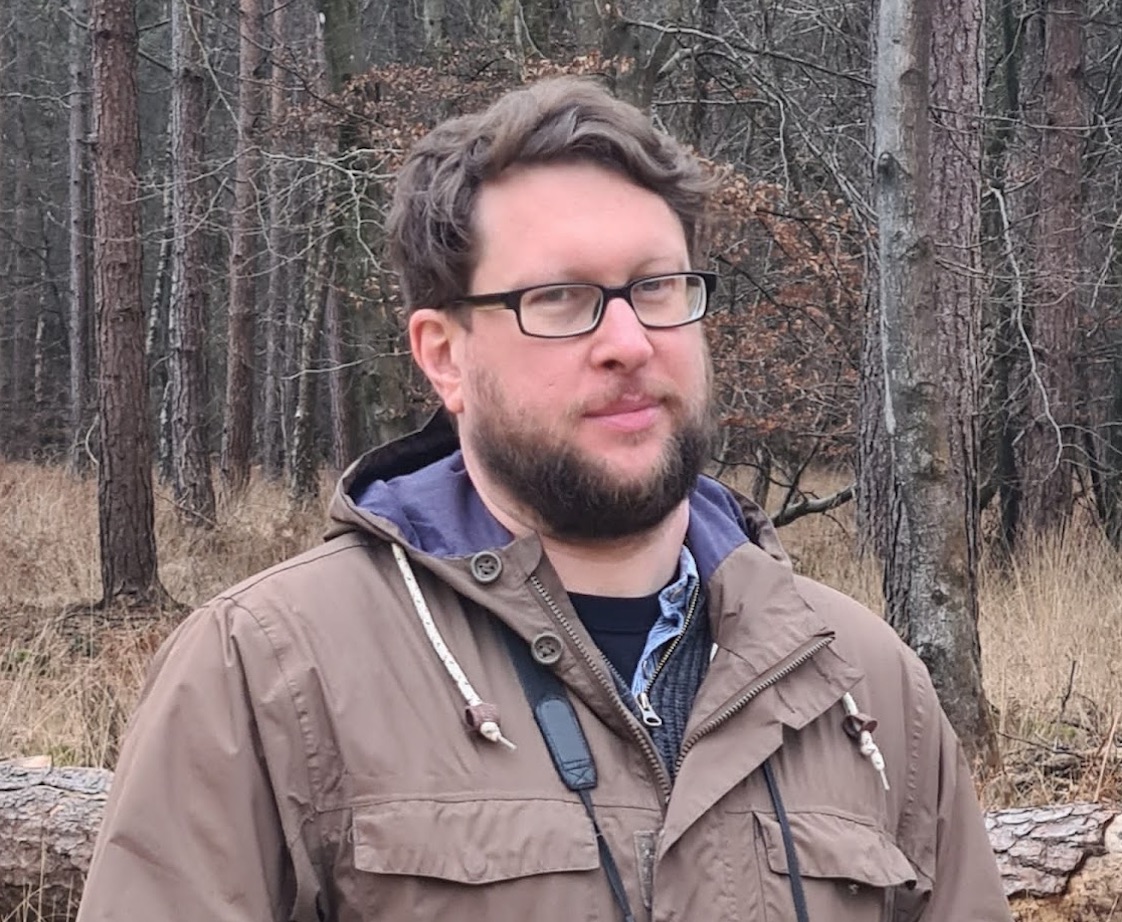
Space.com: When did dinosaur fever first strike and what led you to this field?
Naish: Well, I've always been obsessed with animals of all kinds and growing up I was always determined to study animals of some sort. I didn't grow up being a dinosaur kid. I could have happily become a zoologist who worked on elephants or domestic animals or insects. In developing my career as a young adult I did end up specializing on paleontology and ultimately on dinosaurs.
Now, for what we've done on "Prehistoric Planet" that's a good thing. Because a huge number of the questions that we have about dinosaurs and animals of their time isn't represented in the fossil record. If you want to know something about the courtship behavior of T-rex, what do we know from the fossil record? Basically nothing. So we are guided instead by "rules" that are present in the living world. And that's one of the most important things in "Prehistoric Planet," using knowledge about living animals and applying that to our reconstruction of the past.
Space.com: With "Jurassic Park" hitting its 30th anniversary next month and its Hollywood sequels seen by millions, how does "Prehistoric Planet" help spur further interest in dinosaurs?
Naish: I think we are this generation's "Jurassic Park." We are giving people the impetus, the stimulus, to look at this world and show them these incredible animals and there's so many amazing things about them that we want to know more about. I've got every indication that if you ask people ten or twenty years down the line they will have been inspired by "Prehistoric Planet." It's such a watershed moment.
For those of us already involved in this world, and those of us that made the show, we've brought the modern version of these animals to a mainstream audience, which isn't brand new since it's been kicking around for two or three decades. You'll know that quite a few of our dinosaurs are feathered. That seems like a news flash to lots of people but we've known for decades that lots of these animals were feather. Well here's our chance to really display it properly. What we're showing is something that makes those of us involved in this field really happy. Finally a brilliant, compelling up-to-date scientific view of these animals.
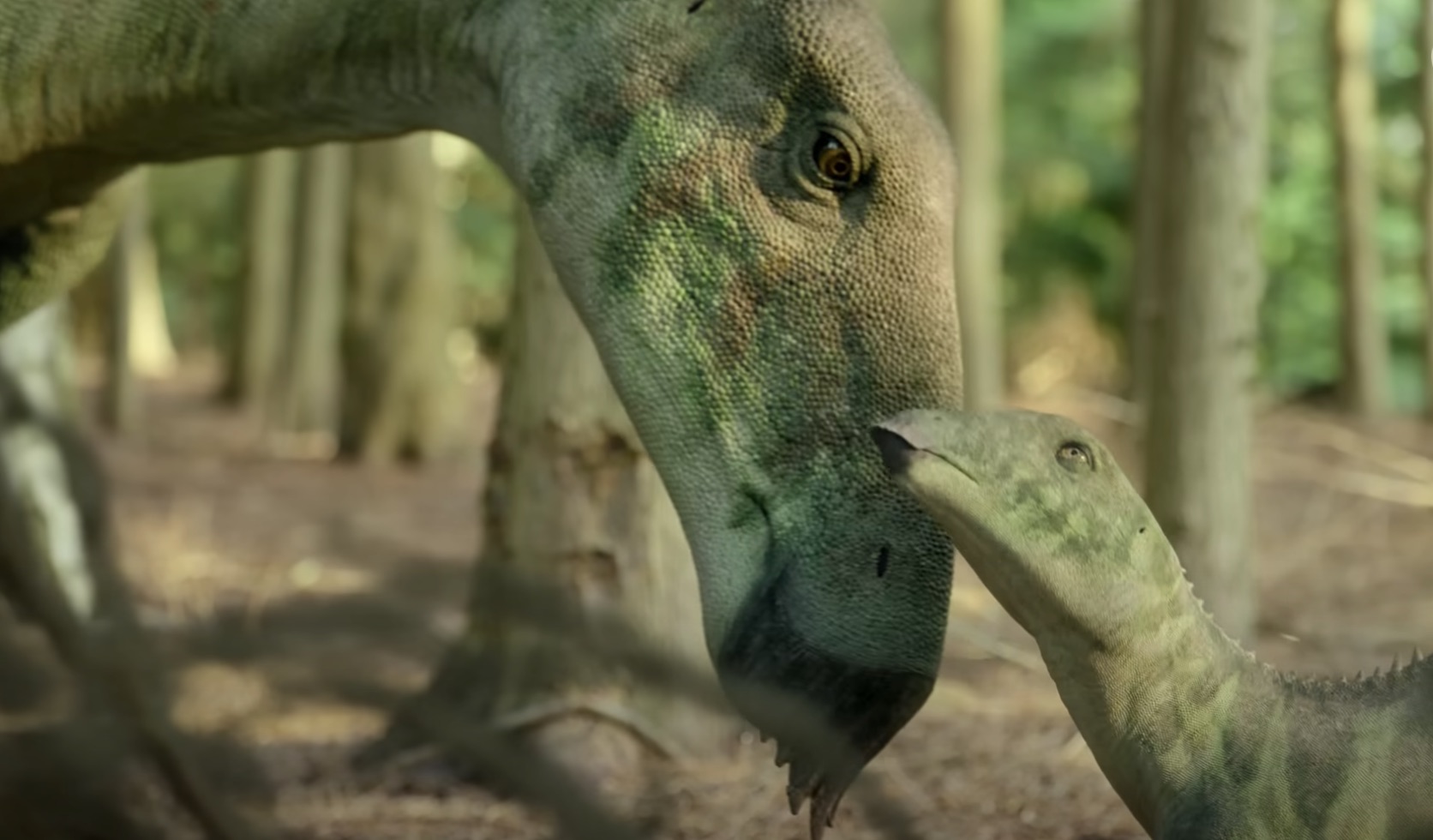
Space.com: This series presents fascinating color and aural interpretations of the dinosaurs that enhances the immersive experience. How where those skin tones and behavioral sounds translated?
Naish: In previous projects people have just made stuff up that sounds cool that matches the character of the animal for the purposes of the story. We didn't do that. So I was deeply involved in this and worked together with a team from Wounded Buffalo, the company that does sound for a lot of BBC Studios' documentaries. We went in with a very specific dos and don'ts list. One of our first rules was no mammal sounds in our dinosaurs and pterosaurs. We do sometimes have bones that pertain to the laryngeal region and have some indication of what some of these animals are doing, but mostly we don't have that anatomy which would be soft, muscular stuff. We're not even entirely sure what specific organs a lot of these animals have.
So we make some guesses about the anatomy based on a bracketing technique where you look at the family tree and focus on the living animals that surround the extinct ones. If you find commonalities between these bracketing animals you can apply that to extinct ones. We took sounds of living dinosaur-like birds and pitched them down to make them sound like they come from big animals. We also superimposed on this what you'd expect from the animals based on their ecology and behavior. If a dinosaur lived in a forest and their friends and relatives are kilometers away, you can guess that this animal would have far-reaching, deep calls.
Space.com: Old-fashioned depictions of grey and brown dinosaurs have yielded to more vivid colorations in recent years. How are colors factored into the series' ancient beasts?
Naish: For colors, we do have less than ten cases of preserved fossil pigment traces, but we mostly used information from living animals, then add what's right in terms of ecology, behavior and social structure. One of the coolest things about dinosaur and pterosaurs is that they are phenomenally flamboyant animals with head crests, dorsal sails, spikes and spines, and big display feathers all over the place. There's every indication that they have big eyes and excellent color vision. Lots of their brain is devoted to processing visual information.
Over 1,500 people contributed to "Prehistoric Planet" and we're all playing the same game. We're going to deliver a fully-feathered modern looking velociraptor. That's going to get a bit of pushback from some corners but we have got to do this right. We have the chance to show some real favorites like Triceratops and Tyrannosaurus, but also among these animals are some quite obscure ones that most people haven't heard of before. What a win! It's been absolutely a thrill to be involved in it.
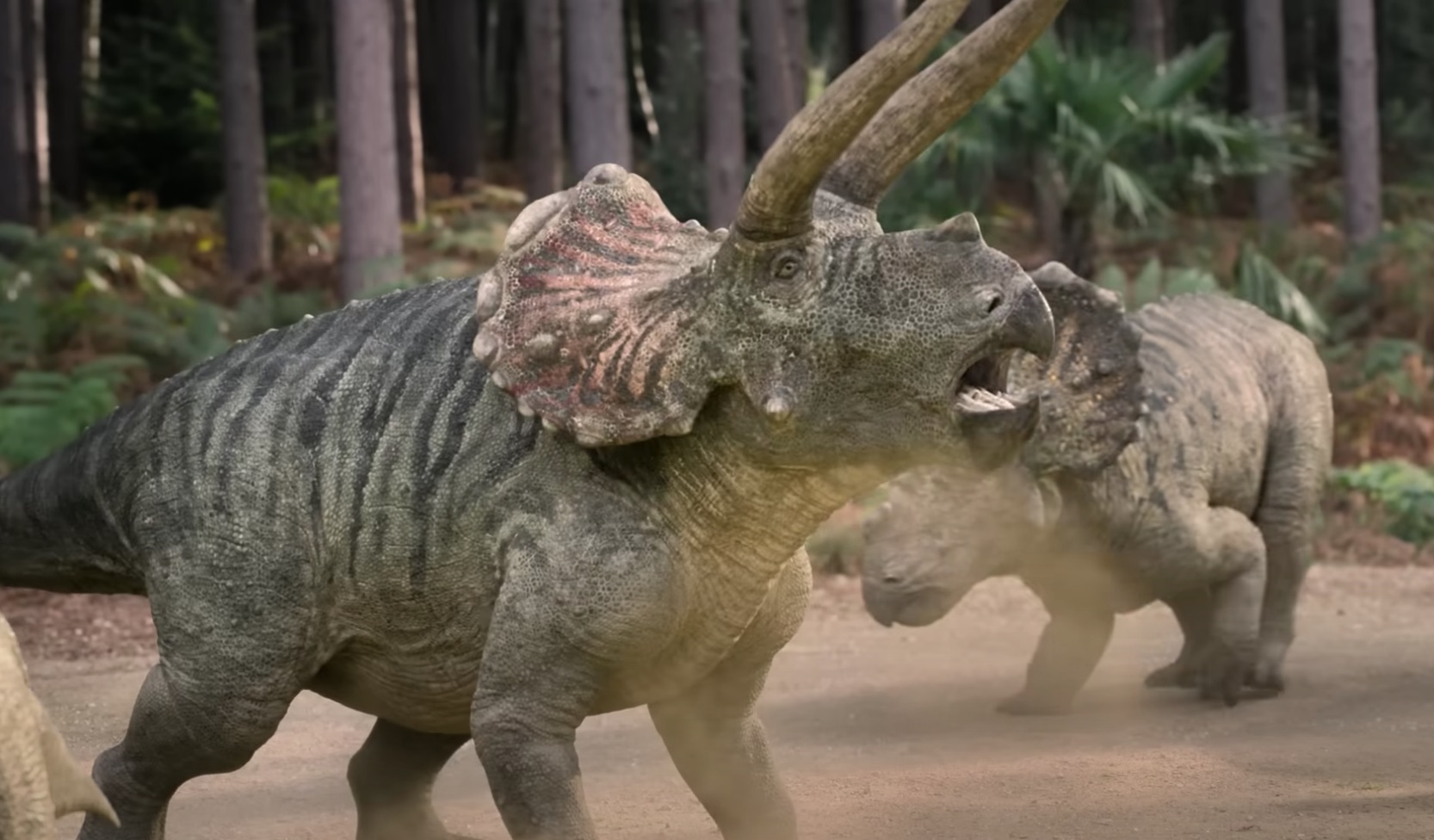
"Prehistoric Planet" Season 2 arrives exclusively on Apple TV+ starting May 22, 2023, with one episode debuting each night through May 26, 2022.
Join our Space Forums to keep talking space on the latest missions, night sky and more! And if you have a news tip, correction or comment, let us know at: community@space.com.
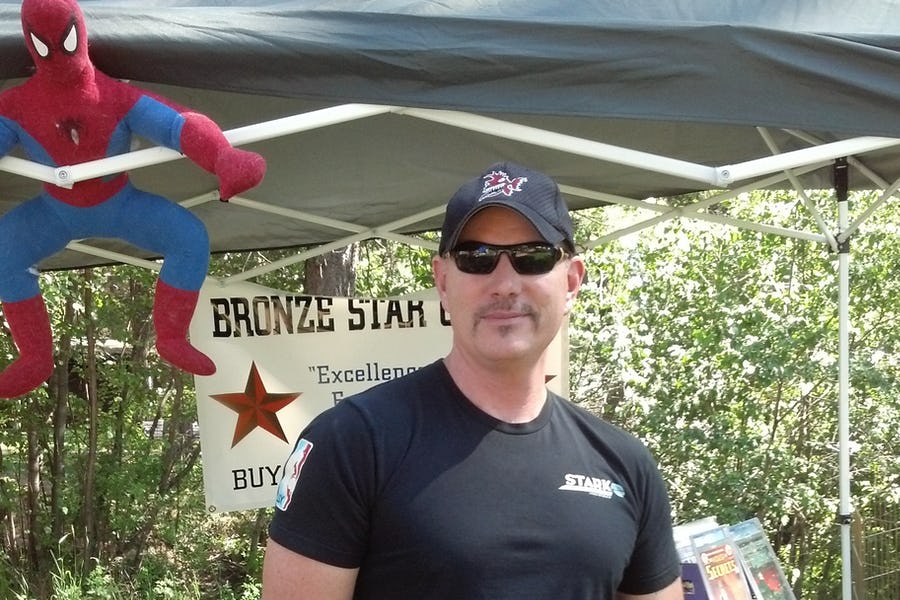
Jeff Spry is an award-winning screenwriter and veteran freelance journalist covering TV, movies, video games, books, and comics. His work has appeared at SYFY Wire, Inverse, Collider, Bleeding Cool and elsewhere. Jeff lives in beautiful Bend, Oregon amid the ponderosa pines, classic muscle cars, a crypt of collector horror comics, and two loyal English Setters.









